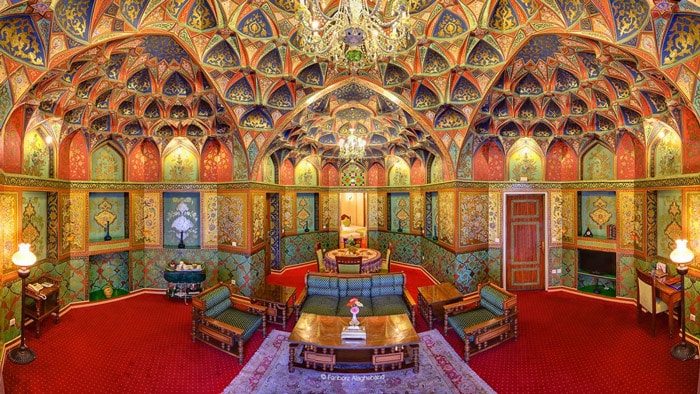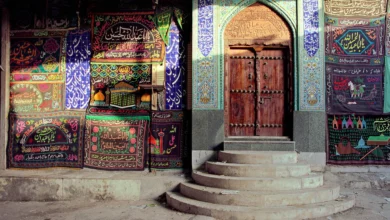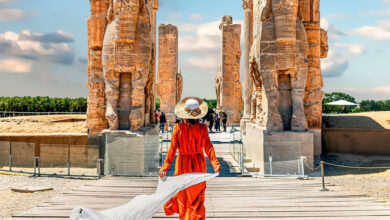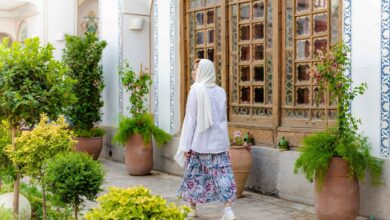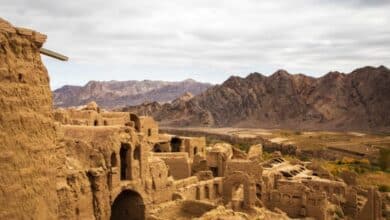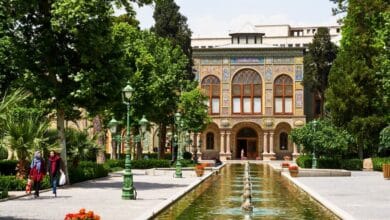Jameh Mosque of Isfahan: Iran’s Historic Architectural Wonder
Experience the Rich Cultural Heritage of Iran at this Iconic Site
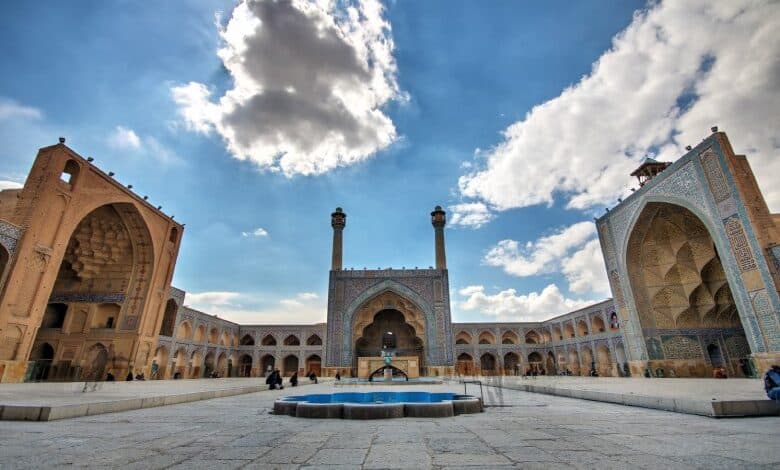
The Jameh Mosque of Isfahan often referred to as the Atiq Mosque or Friday Mosque, stands as a historic congregational mosque in Isfahan, Iran. This architectural masterpiece has experienced ongoing construction, reconstruction, and renovations from approximately 771 AD until the late 20th century. It ranks among the largest and most important examples of Islamic architecture in Iran and has been designated as a UNESCO World Heritage Site since 2012.
The mosque is celebrated for its elaborate brickwork, magnificent domes, and the four-Ivan courtyard layout, which has served as a model for subsequent mosque designs. Additionally, the Grand Bazaar of Isfahan is situated in the southwest wing of the mosque, establishing it as a vital center for both religious activities and trade.
Contents
Jameh Mosque of Isfahan History
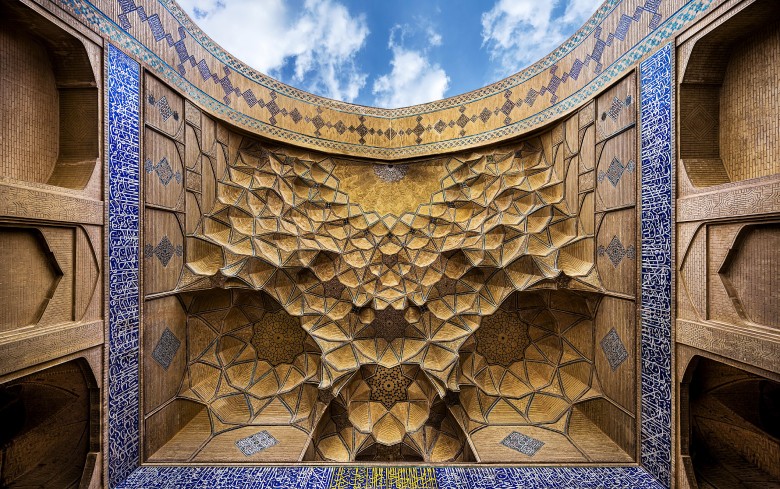
Jameh Mosque of Isfahan stands as the oldest structure in Isfahan, showcasing artifacts from both the pre-Islamic era and a range of Islamic periods, including the Dilamian, Seljuk, Aq Qoyunlu, Ilkhani, Safavid, and Qajar dynasties. This mosque holds significant historical value. A notable illustration of its pre-Islamic heritage is the discovery of a column adorned with motifs from the Sassanid period, located in the northern section of the mosque.
The Jame Mosque is believed to have originally served as a fire temple during the Arab domination of Isfahan. Subsequently, it transformed into a modest mosque in the second and third centuries of the Hijri calendar. Presently, the mosque features the Nezam-al Molk Dome, the Four-Ivani courtyard with its circular naves, the Mozaffari School, and the Al-Jayto Altar, all of which exemplify the progression of Islamic architecture during a significant historical period.
Different Parts of the Jame Mosque
The Jame Mosque of Isfahan, similar to other mosques and historical monuments in Iran, comprises various sections, each representing a remarkable piece of history with its captivating and exquisite architectural design.
Mosque Yard – Main Hall
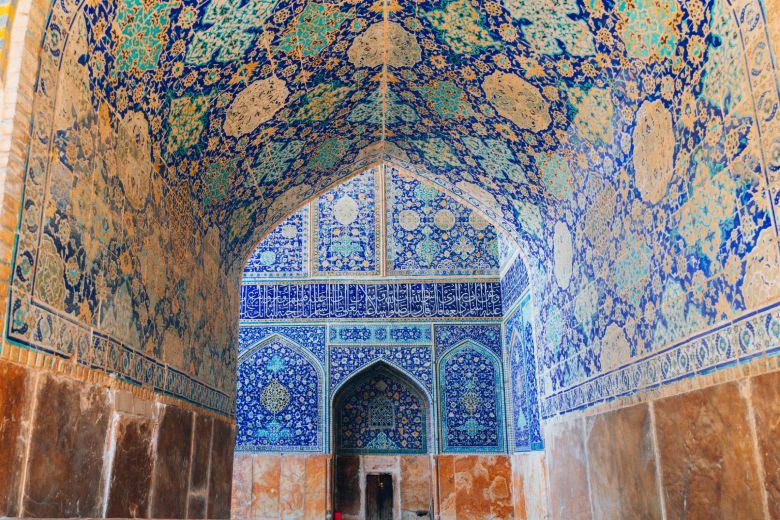
The courtyard of the Isfahan Jame Mosque, measuring 70 by 60 meters, serves as the primary entrance to the mosque. It features four porches, each situated on one of the four sides, along with two-story porches and pavilions surrounding the area. In the center of the courtyard, there are two ponds; the main pond is square in shape, while a polygonal pond is positioned to the north. An inscription discovered in the vestibule adjacent to the Majlisi door indicates that the courtyard was paved with stones in the year 1084 AH by Mohammad Qoli.
This mosque features two sacred plaques positioned on either side of its entrance. These square-shaped plaques, which date back to the year 935 A.H., coincide with the reign of Shah Tahmasab I. Each panel measures 55 cm in length and 52 cm in width and is mounted at a low height above the ground. As visitors enter the mosque, they often touch these tablets, regarding them as blessed.
Darvish Porch
The Darvish porch, a significant and expansive feature of the Isfahan Jame Mosque, has been instrumental in the lives of individuals as well as in various religious and cultural activities. Initially established during the Seljuq period, it served as the final porch of the mosque, distinguished by its exceptional design and ornamentation. During the Safavid era, it became a crucial venue for the instruction of hadiths and the promotion of Ahl al-Bayt culture.
The Darvish porch measures 60.1 meters in length and 9 meters in width, making it one of the largest porches within the Jame Mosque of Isfahan. Notably, this porch is the narrowest and deepest among those in the mosque, reflecting the significance and role of this structure in the advancement of religious culture throughout history.
Taj – Almalek Dome
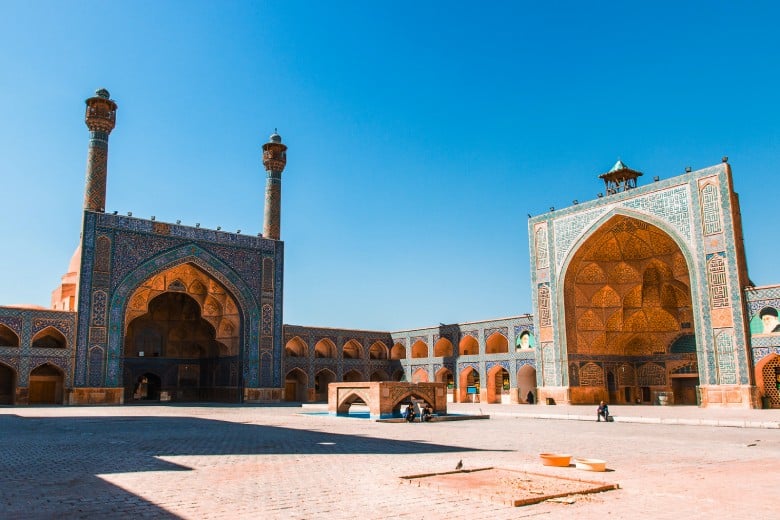
In the northern section of the mosque, one can find an additional dome known as the “earthen dome” or “khagi.” This structure was constructed in the Razi architectural style and was historically situated outside the mosque’s premises. The design of this dome reflects the characteristics of Razi architecture.
The inscription adorning the dome of Taj-Almalek is crafted in a straightforward Kufic script using bricks, and it pays homage to the 54th verse of Surah A’raf.
Khajeh Nezam – Almolk Dome
During the rule of Malik Shah in Isfahan, Khajeh Nezam-al Molk, the vizier of the Seljuk Empire, constructed an impressive dome in the Razi style, measuring over 15 meters in diameter and exceeding 30 meters in height, on the southern side of the Isfahan Grand Mosque. The dome’s eastern, western, and northern sections were originally uncovered, and several of the structures visible today were added at a later date.
This structure features a square base that transitions into an octagonal form in its upper sections, ultimately culminating in a circular shape, resulting in the formation of a dome.

Sahib Porch
In the Isfahan Jame Mosque, there exists a significant porch known as “Ivan Sahib,” which measures 80.13 meters in length and 50.13 meters in width. This porch is situated on the southern side of the mosque.
Mozaffari School
Mozaffari School is a significant historical structure situated in Isfahan. It is positioned at one end of the Isfahan Jame Mosque. The school comprises two levels, featuring classrooms dedicated to teaching and education on each floor. Additionally, on the southern side of the school, one can find the porch, dome, and altar. The principal porch measures 10 by 10 meters and is linked to the main area by corridors that are 5 meters wide.
Jame Mosque Lavers
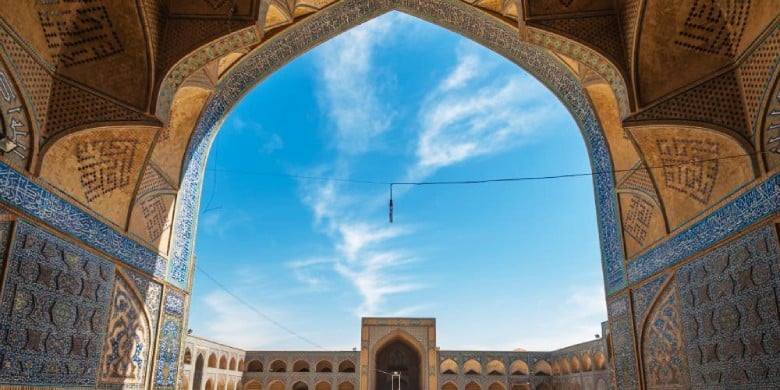
There are four lavers in Jame mosque of Isfahan:
In the porch of Darvish, one can find a Persian stone laver. The original diameter of the laver measures 115 cm; however, half of it has been damaged and is no longer intact. The inscription adorning the surface of this stone basin is rendered in both Persian and Arabic languages, utilizing the Sols script.
Sengab Ivan Sahib is situated at the center of a square stone pond, with five Jamgahs constructed along its perimeter. The outer surface of the Sangab features an inscription of Salawat dedicated to the Fourteen Innocents (PBUH) rendered in Sols script.
There are two other small Sangab in Jame Mosque of Isfahan, one is located next to the pond in the courtyard of the mosque and the other is in front of the master’s porch.
Final Words
Isfahan ranks among the most visited cities in Iran, renowned primarily for its historical landmarks. The most ancient of these structures is the Jame Mosque of Isfahan. This significant edifice has evolved into its current state through centuries of renovation and restoration efforts. The Jame Mosque of Isfahan embodies millennia of architectural expertise in mosque construction, particularly in the development of the Iranian mosque design. Consequently, it reflects various styles from the architectural history of both Iran and its neighboring countries.
Jame Mosque of Isfahan FAQ
Where is Jame mosque located?
Jame mosque is located in Isfahan, Majlesi Street.
What are the working hours of Jame mosque?
Every day from 9-11 Am. and 13-16 Pm.
What are the different parts of Jame mosque?
Main hall, Darvish porch, Taj-Almalek dome, Khajeh Neazam-Almolk dome, Sahib porch, Ostad porch, Al-Jayto Altar and pulpit, winter Shabestan, Shagerd Porch and Mozaffari School are different parts of Jame mosque.
